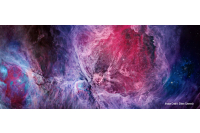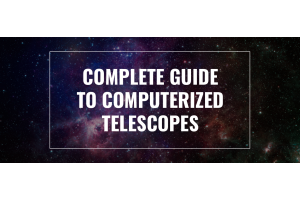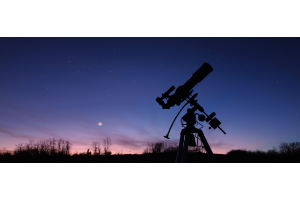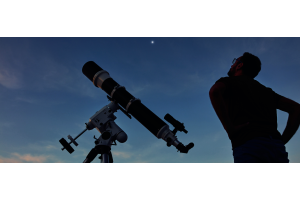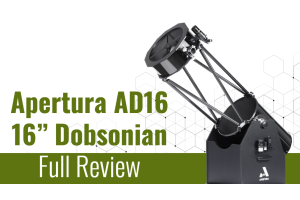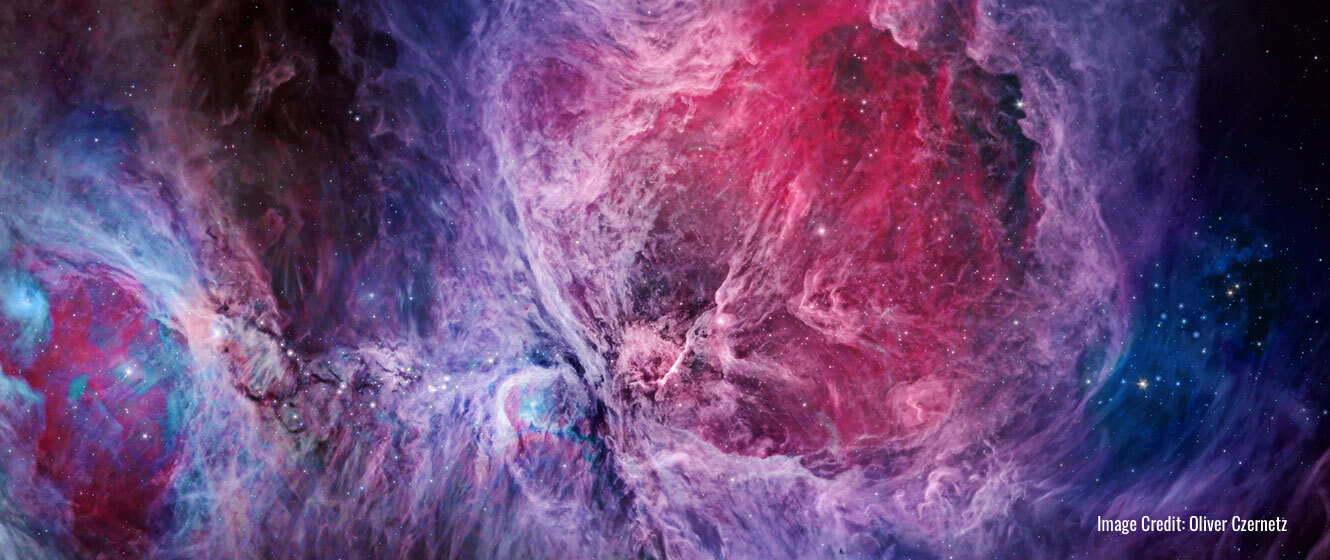
What's in the sky this month? Let's talk about what's going on in the solar system, and of course, one of the most exciting objects in the sky in January 2022 - C/2021 A1 (Comet Leonard)
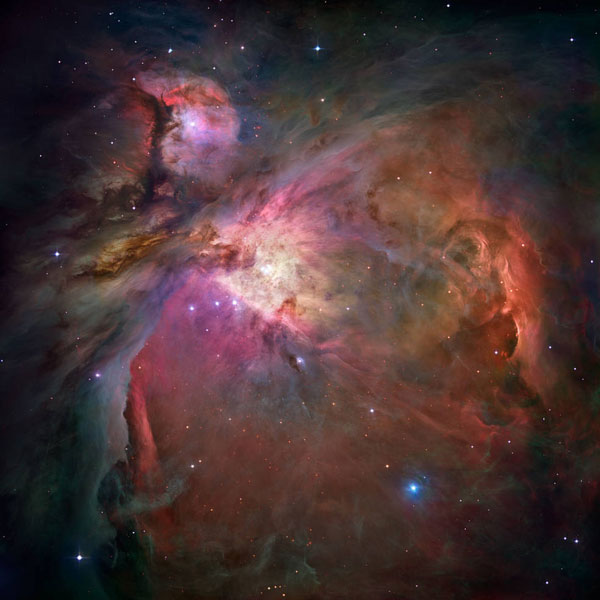
Image source: NASA
M42 - The Orion Nebula
- Type: 0.974
- Constellation: Orion
- Distance: 1,300 light-years
- Magnitude: 4.0
- Apparent Diameter: 40’
When it comes to deep-sky objects that are easily seen from the northern hemisphere, it’s hard to think of anything that comes close to M42, the Orion Nebula. It’s visible to the naked eye, even from suburban skies, as a faint, misty patch just below the three stars of Orion’s belt.
binocular will show a circular patch with a bright core just off-center and two tiny stars embedded within the nebula. These are two member stars of a cluster called the Trapezium, a group of young stars being born from the nebula itself. A small telescope at low power will provide a stunning view, with some texture visible along the southern edge and the nebula as a whole giving the appearance of a cloud lit by moonlight.
OUR NEAREST NEIGHBORS
2022 begins with both Mercury and Venus visible shortly after sunset toward the southwest. Venus is drifting closer to the Sun in the sky and will vanish before the end of the first week. Meanwhile, Mercury is moving away from the Sun and reaches greatest elongation on the 7th. Saturn and Jupiter can be seen to the upper left of the pair; Mercury will be less than four degrees from Saturn from the 10th to the 14th, with the pair disappearing into the twilight shortly after. The crescent Moon appears close to Mercury and Venus on the 3rd, passes Saturn on the 4th, and is then below Jupiter on the 5th. Neptune is still observable for a few hours in the evening for the first half of the month, while Uranus is visible throughout the evening and sets in the early hours of the morning. Mars glimmers in the predawn twilight and appears close to Antares in Scorpius for the first few days of the month. It’s joined by Venus around the 18th, with the waning crescent Moon passing by on the 29th. Lastly, the Moon itself turns new on the 2nd and then turns full on the 17th.
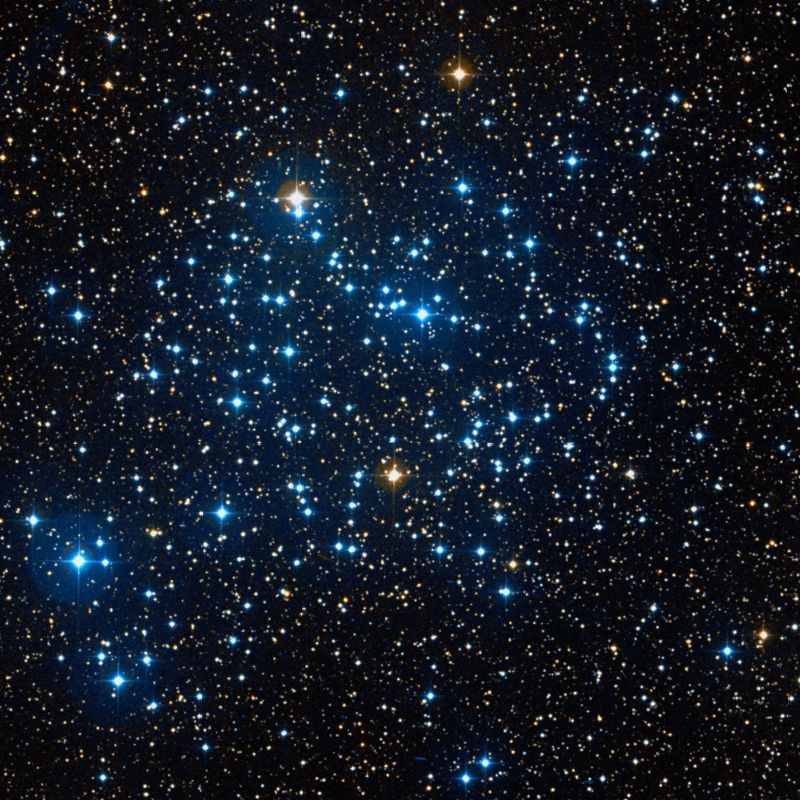
Image credit: Wikisky
M35
A bright, reasonably large cluster that’s easily seen within the same binocular field of view as Eta and Mu Geminorum, M35 is a fine sight when observed through almost any telescope. Larger scopes can also show the tiny cluster NGC 2158 beside it.
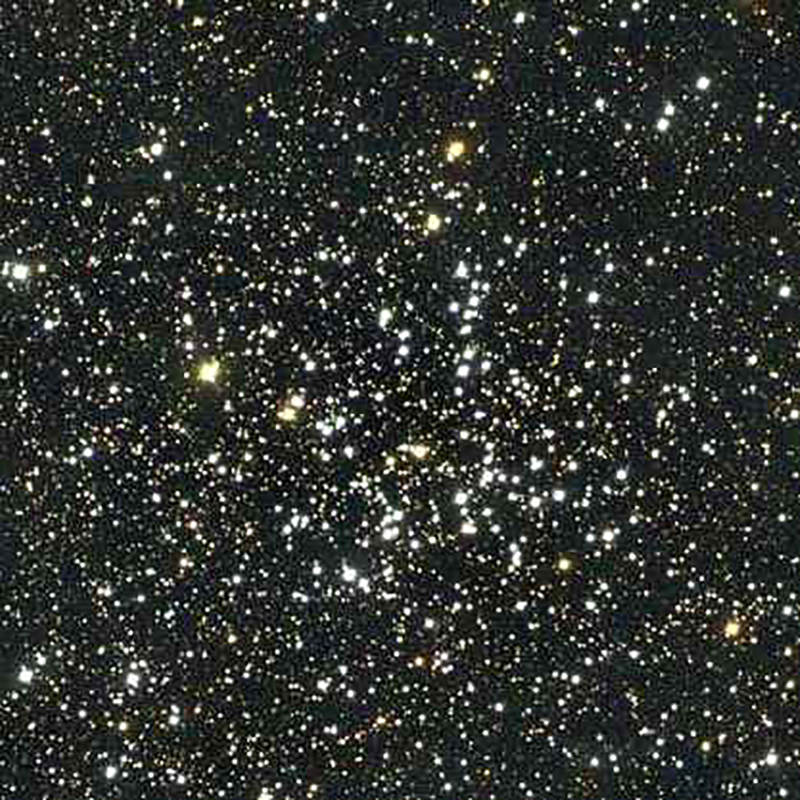
Image credit: NOAO/AURA/NSF
M36, M37, and M38
There are three bright (and relatively easily found) Messier clusters in Auriga, the Charioteer - and they can all potentially fit within the same 10x50 binocular field of view. Telescopically, M38 is probably the best of the three, with the brighter stars forming a conspicuous X pattern.
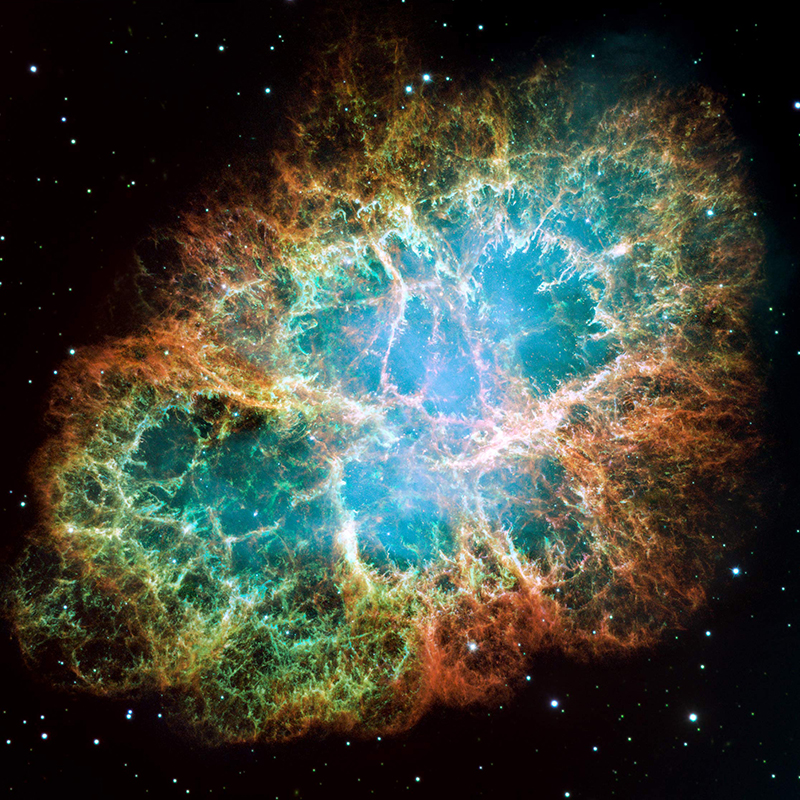
Image credit: NASA
M1 - The Crab Nebula
The Crab Nebula, the remnants of a star that exploded nearly 1,000 years ago, is conveniently located near the bright star Al Nath in Taurus. It’s visible as a faint, dark gray patch through a small telescope, while larger scopes will show its irregular shape.
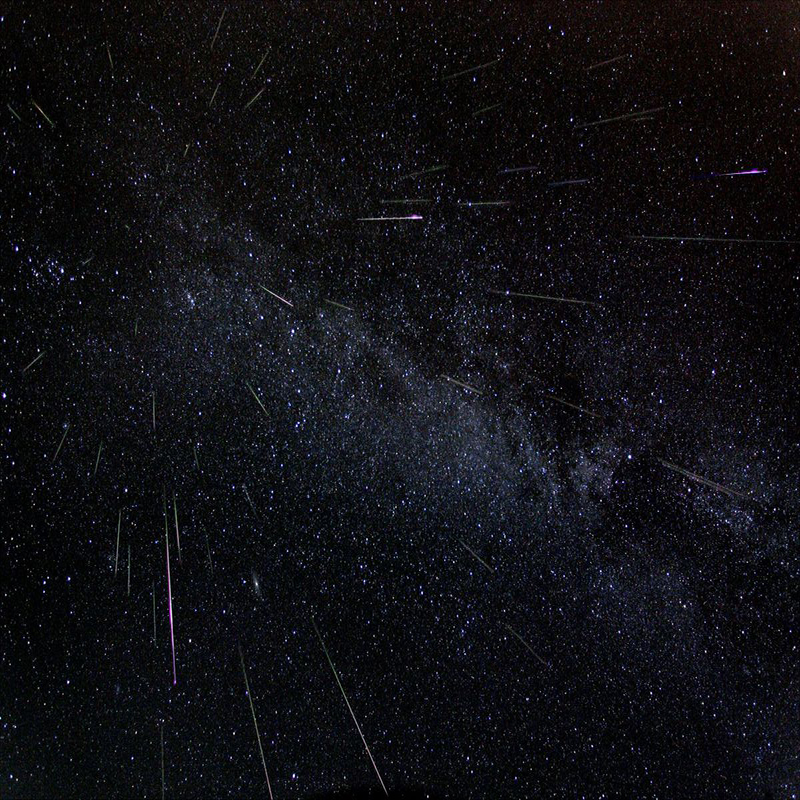
Image credit: NASA
The Quadrantid Meteor Shower
The Quadrantids reach their maximum on the evening of the 3rd, and under ideal conditions, you could see up to 25 meteors an hour. Better yet, the Moon turns new the day before so its light won’t brighten the sky and drown out the fainter shooting stars.
STELLAR CONCEPTS
Constellation: As many folks know, a constellation is a pattern or shape formed by the stars in the sky. However, that definition also applies to an asterism - so what’s the difference? While asterisms can be defined by anyone, only the International Astronomical Union (IAU) can officially define the constellations. Forty-eight of the constellations have been known since ancient times, with a multitude of modern constellations being created by astronomers over the intervening 400 years. Up until the 20th century, not all the modern constellations were in common usage, with astronomers creating their own in the hope they might be adopted by the community as a whole. This led the IAU to officially define the constellations and their boundaries in 1928, giving us the 88 constellations we know today.
This Article was Last Updated on 08/16/2023

